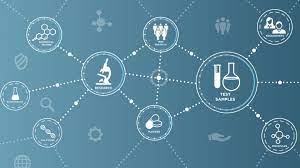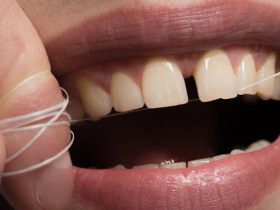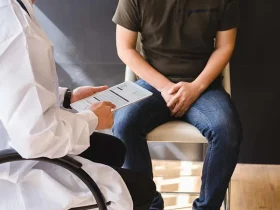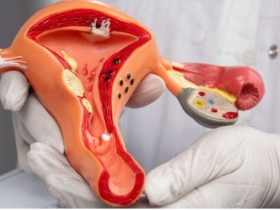Clinical trials are like special tests to check new medicines or treatments before they are available for everyone. These trials ensure the new treatments are safe and work well. With these unique study trials, the scientists can understand the new medicines, the diseases, and their effectiveness on the participants.
But, the clinical trials are done in various phases, not just a single phase. If you are curious about the same, then you are at the right place. In this post, we will understand medical industries’ different clinical trial phases.
Knowing about the phases of a clinical trial is imperative if you’ve received an invitation to join.
#1 – Phase 1
This is the phase where you would be one of the first humans to try an experimental new drug or therapy. Only about 20 to 100 healthy participants like yourself participate in Phase 1. The primary goal is assessing safety and tolerability.
You may receive increasing doses to determine the optimal dosage with minimal side effects. As a Phase 1 participant, you would be closely monitored by the research team, likely in an inpatient setting. Expect frequent health checks and testing. The study will last a few months, and the second phase will start.
#2 – Phase 2
In this second phase, you join a larger group of several hundred participants to evaluate the treatment’s safety and efficacy. These participants have the condition the treatment targets or characteristics similar to patients who would use it. As a Phase 2 participant, you help gather preliminary data on how well the treatment works and may compare it to placebo or standard care.
You receive the treatment that patients would receive upon finalization of the treatment. This phase would last several months before the third phase starts.
#3 – Phase 3
In this phase, you join hundreds or thousands of volunteers across multiple study regions. This phase is rigorously controlled, and the researchers get critical data like the appropriate dosage, efficacy, side effects, etc.
As a Phase 3 participant, you are randomly assigned to receive the new treatment or continue standard therapy/placebo. This phase is the longest one, as it might take more than a few years to complete and get the final approval from the authorities.
#4 – Final Approval
After completing all phases and data submission to the regulatory authorities, the researchers wait for official approval. After the approval, the medicine or the treatment regime can be distributed to the public for their benefit.
Final Words
Clinical trials are rigorous, time-consuming, and complex. Still, they are meant to help humanity with the latest medicines and treatment regimes that can help millions of people suffering from diseases. In this post, we learned about the various phases of the trials the participants undergo.
Related Post:
- Artificial Intelligence in Clinical Trials: How to Navigate the Promise and Perils
- Decentralized Clinical Trials: How the FDA is Supporting its Growth
- Patient Engagement Scores: How Do Different Therapeutic Areas Compare?












